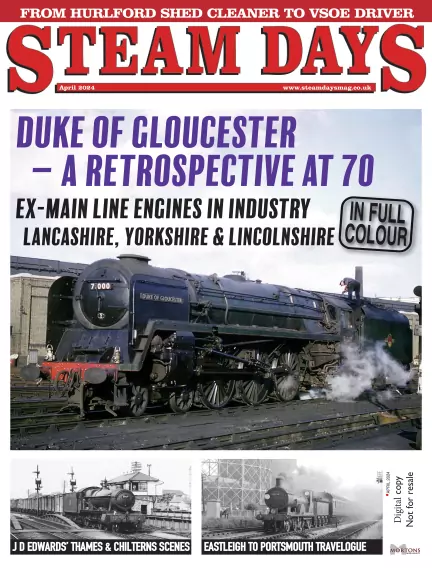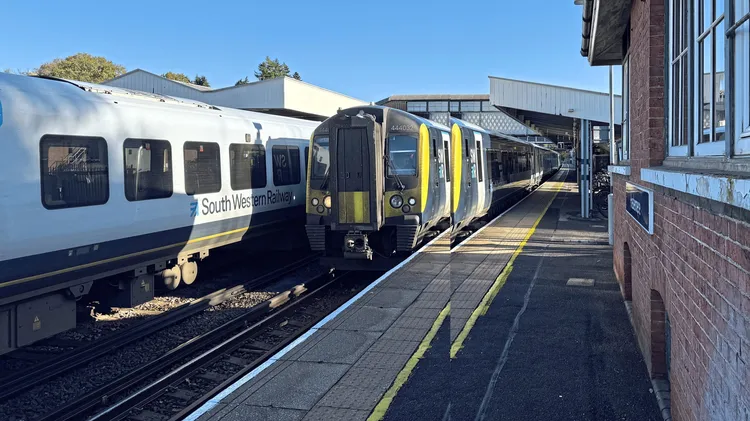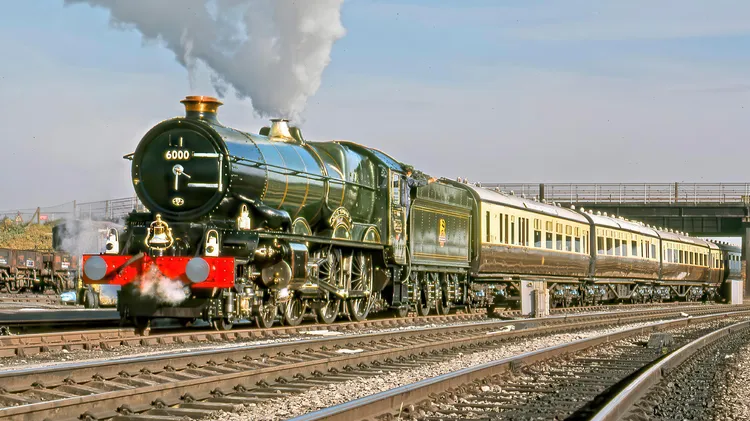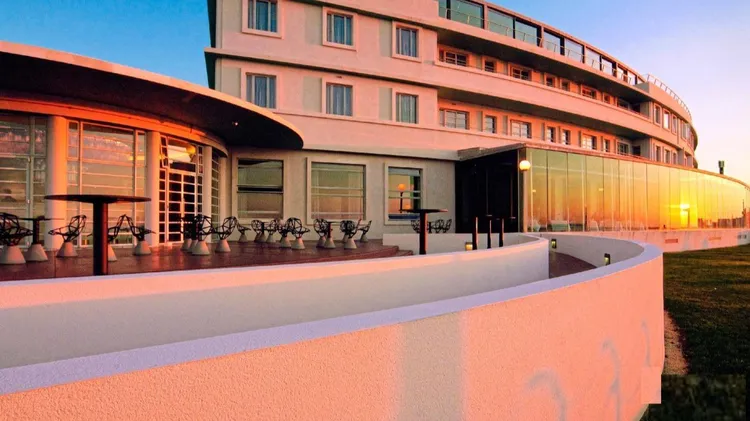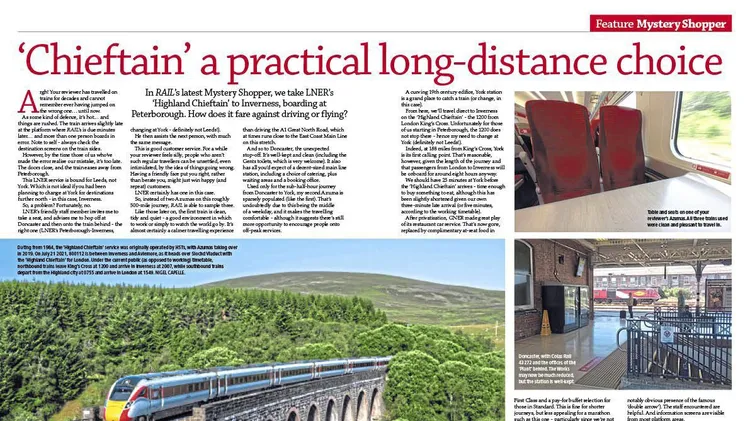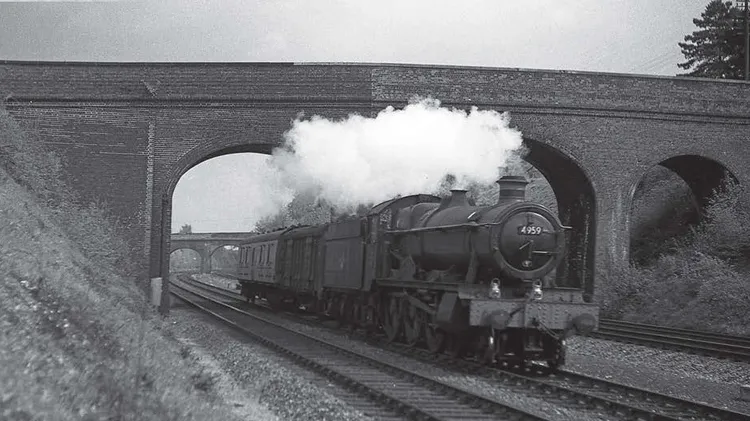Stephen Roberts considers the core 22 mile route via Fareha
Eastleigh-portsmouth: a travelogue
35 min read
This article is from...
Read this article and 8000+ more magazines and newspapers on Readly
